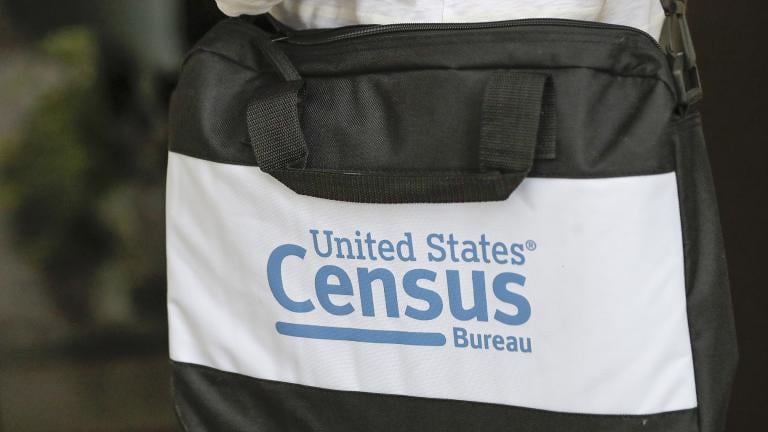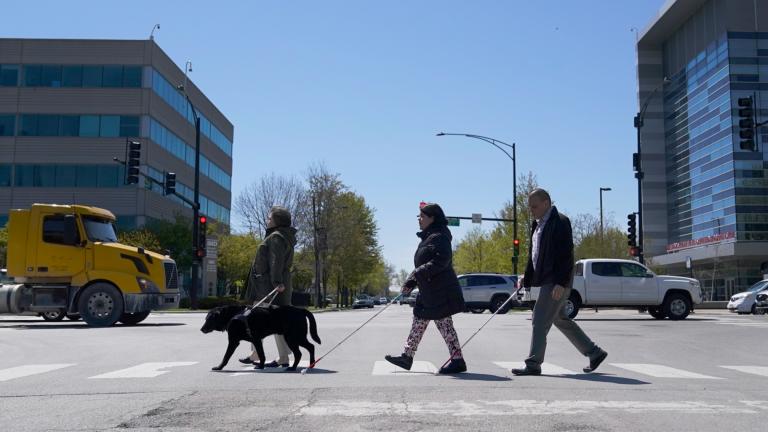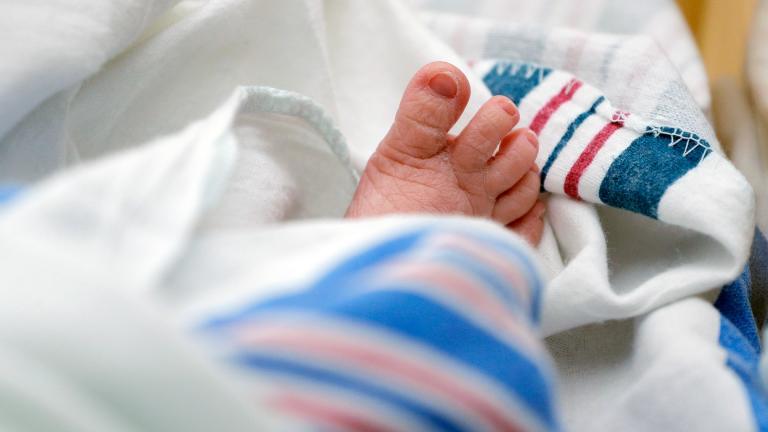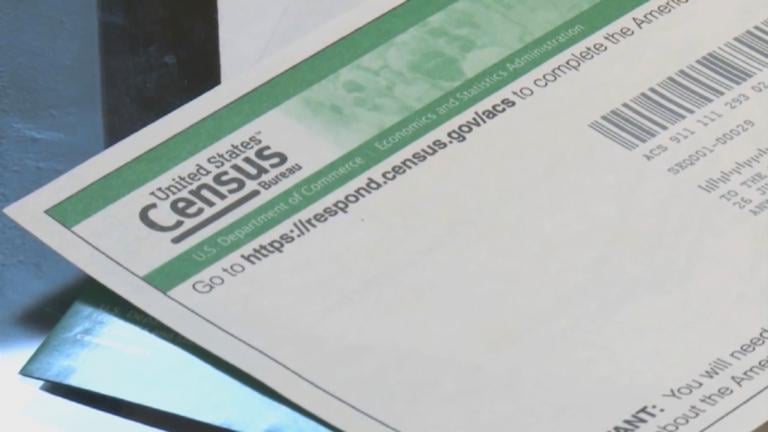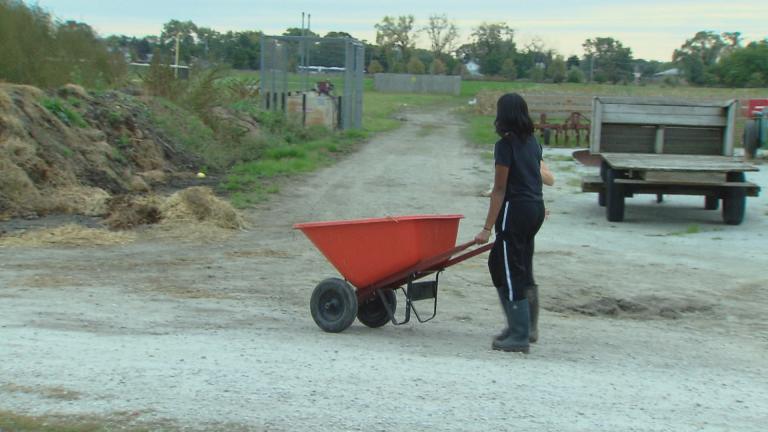Thousands of people have left Illinois in the past year, according to new data from the U.S. Census Bureau.
That puts Illinois in a position unlike most other states, including our neighbors.
Sometimes it’s good to be original — the exception to the rule. Not in this case.
“Illinois is one of only two states losing population and even some of our neighboring states, that are other Midwestern states and other post-industrial states like Michigan – they have more stable population than Illinois does,” Demographer Rob Paral said. “Unfortunately, Illinois is an outlier in this. You don’t want to lose population if you’re the only one doing it.”
Just-released data estimates Illinois’ population to be less than 12.6 million people — a decrease of about 79,500 people from last year. In the past decade, the state lost nearly a quarter million people. That’s like losing Illinois’ second largest city, Aurora, plus a community the size of Wheaton or Oak Lawn.
Paral says Chicago and the collar counties aren’t to blame. He says from Lake to Will to DeKalb counties are growing – not by a lot – but growing at least. Outside of the Chicago metropolitan area is largely declines.
“What’s driving the Illinois population decline is not metro Chicago per se, it’s the rest of the state. When you map it out, it’s just one county after another. Some of the counties are what we might call post-industrial counties. It’s Macon County where Decatur is, it’s where Rockford is in Winnebago County, it’s Rock Island County. They have never recovered their population from the days of industrialization,” he said.
Still, the trends are worrisome to Erin Aleman, director of the Chicago Metropolitan Agency for Planning.
“Illinois has really been in a long period of slow growth. Since 2001, our numbers have gone down. And you know slowing population means that our economic growth is slower and continued population (loss) continues to be a worrisome trend,” she said. “And so one of the things that we want to do is make sure that as we think about the future that we’re thinking about putting in places the types of workforce opportunities. Because while I’d love to say it’s the winter weather that drives people away, I think a bigger driver is the types of jobs that are available here and the economic opportunity for everyone.”
Everyone, as in, considering who is under-employed and unemployed. She points out the higher unemployment rate of African Americans.
She says it’s about being intentional about creating career pipelines beyond the service industry. She says it’s about long-term opportunities like in the biotech and biomedical fields.
With the economy battered by COVID-19, she says the region needs to be proactive to help businesses get back on their feet.
“For this area specifically, we know we’ve seen some growth in the high-income wage earners across the region but it isn’t enough to make up for the low-income wage earners. So it’s really finding ways to make sure that we’re not just attracting one certain type of workforce but that we’re diversifying,” she said. “I think that’s one of the opportunities that this region has right. We aren’t a Silicon Valley. We don’t only build one type of thing here.”
Gov. J.B. Pritzker on Wednesday laid the blame of Illinois’ population losses over the decade at the feet of his predecessor.
“Under Gov. Bruce Rauner was, I think, people had lost faith in state government. They had lost faith in things getting done in Illinois and we’ve been working had to reverse that image for Illinois,” he said.
The population estimates are put out annually by the U.S. Census Bureau. The data is not the result of the recently completed once-in-a-decade census.
Illinois did well with its efforts to encourage participation, surpassing the response rate from 2010 and coming in with the seventh highest response rate in the nation.
Only when that’s out will Illinois learn more like how many congressional seats the state will lose; one or two.
Meanwhile, Paral says with the continued population decrescendo, maybe it’s time Illinois consider diving deeper into what’s behind those trends.
There are still a lot of unknowns about how the Trump administration will handle the census as his term as president comes to an end. But the expectation is that the president will get census information to governors by mid-January.
Follow Amanda Vinicky on Twitter: @AmandaVinicky

